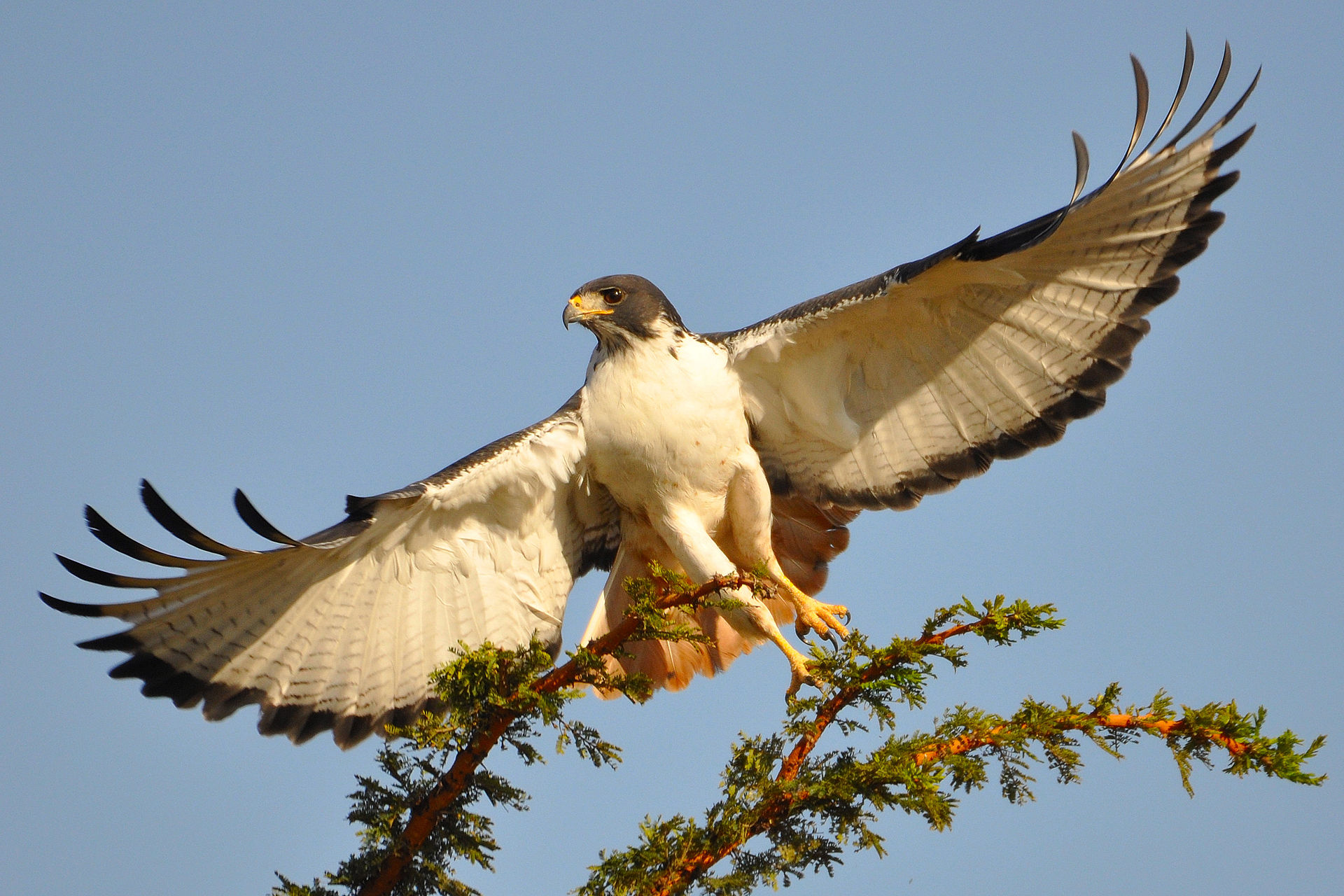News
New paper shows nearly 50% decline in Augur Buzzards over last 20 years
Wildlife conservation research efforts in Africa tend to focus on large mammals in and around protected areas, however there is an urgent need to address the decline of biodiversity in human-dominated landscapes. This is particularly relevant for eastern and southern Africa, where future predictions of land-use change suggest that these regions will see massive increases in agriculture extent and urban areas as human population and consumption continue to rise.
Peter Tyrrell, one of WildCRU’s graduate students, collaborated with a team of raptor experts from the Peregrine Fund, Hawkwatch International, FitzPatrick Institute of African Ornithology, University of Cape Town, and the National Museums of Kenya, to document and understand the changes in Augur buzzards populations in a human-dominated landscape around Lake Naivasha, Kenya.
Augur buzzards used to be common in the Lake Naivasha region. In the last 20 years the area has seen wide-scale increases in agriculture, horticulture, and thermal energy generation, alongside expanded urban and semi-urban areas. Although Augur Buzzards are thought to be capable of surviving around humans, there was concern that the buzzards would be negatively affected by these increasing pressures. Worryingly our research showed a nearly 50% decline in territory occupancy over 20 years, particularly in areas where prior research found high levels of mortality.
While our models showed little support for the increase in human development as a driver of decline, we acknowledged that the term “human development” is a pretty broad descriptor. It appears then that more nuanced changes in land-use, associated with prey depletion, persecutions, electrocution, and poisoning events are all likely to have influenced population declines.
Importantly, just because a bird of prey is of least concern doesn’t mean that it isn’t under threat. In fact, we know now that raptors of least concern are declining the fastest of birds of prey worldwide. With enormous changes predicted in land-use and resource utilisation in eastern and southern Africa in the coming decades it is crucial that species that appear to co-exist well with humans are monitored, and policies and actions put in place to limit their declines in agriculture and semi-urban landscapes.
Eichenwald, A. J., Amar, A., Tyrrell, P., Buechley, E. R., & Virani, M. Z. (2021). Declines in an Augur Buzzard Buteo augur Population in a Region of Increasing Human Development. Frontiers in Ecology and Evolution, 9, 109. https://doi.org/10.3389/fevo.2021.590073
-
 Augur buzzard
Augur buzzard





